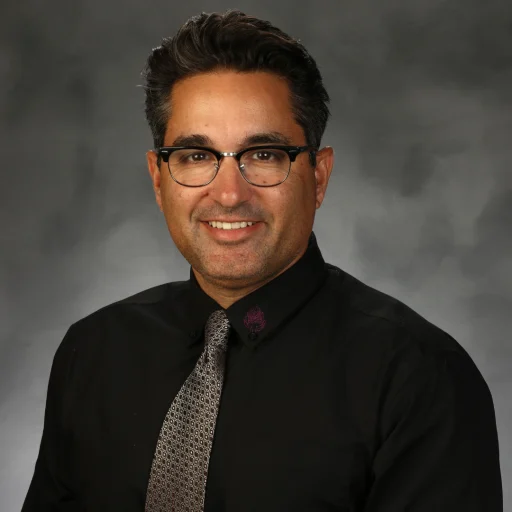Every six years, the Western Association of Schools and Colleges (WASC) assesses the school’s courses and progress. In the administration’s efforts to collect data for WASC as well as for the school’s own study, teachers this year are visiting colleagues and completing peer evaluations.
Most teachers stay in their classrooms and rarely have the chance to watch other teachers in action. While the main purpose for this program is to collect observational data for the school’s participation in WASC self-study, it also gives teachers a chance to experience another colleague’s style or techniques.
During a staff meeting that took place earlier this year, teachers had the opportunity to sign up to participate in the program. More than 20 teachers volunteered, including several new teachers.
Participating teachers were told to join students for their regular sessions of class, take notes and answer specific questions from a WASC questionnaire template.
The template includes questions regarding student participation, such as hands-on learning, group work, individual work or other forms of activities. It also has observational checklists on student behavior and levels of engagement.
At the end of the questionnaire is a segment that asks teachers how their observations connect to the school’s learning goals, such as students becoming effective communicators, collaborative workers, ethical/effective citizens, critical thinkers and self-directed adults.
Teachers from every department are taking part in this program, which will last throughout the course of the year, and many have found it helpful to observe the teaching habits of other teachers.
“It was a positive experience to see their different techniques, procedures and interactions with students, even though the content was different,” said Chinese teacher Sara Tseng, who observed two English teachers.
Tseng said she watched them use different ways to engage students’ attention.
“One teacher used a software that allowed him to write on his slides while presenting his PowerPoint, and the other teacher actively engaged each student separately, regularly asking for students’ comments and thoughts,” Tseng said. “Both techniques proved very effective.”
Assistant principal Kevin Mount, one of the coordinators of the school’s WASC effort this year, said many teachers were very willing to let other teachers come observe their teaching.
At one point, according to Mount, teachers began sending out mass emails letting colleagues know that their doors were “always open for visitors.” Mount said that this system has become prominent among the staff.
“I think it does two things: helps us confirm and validate the good things we know are already going on in on our classrooms, as well as [helps] us understand what we could do better,” Mount said.




























